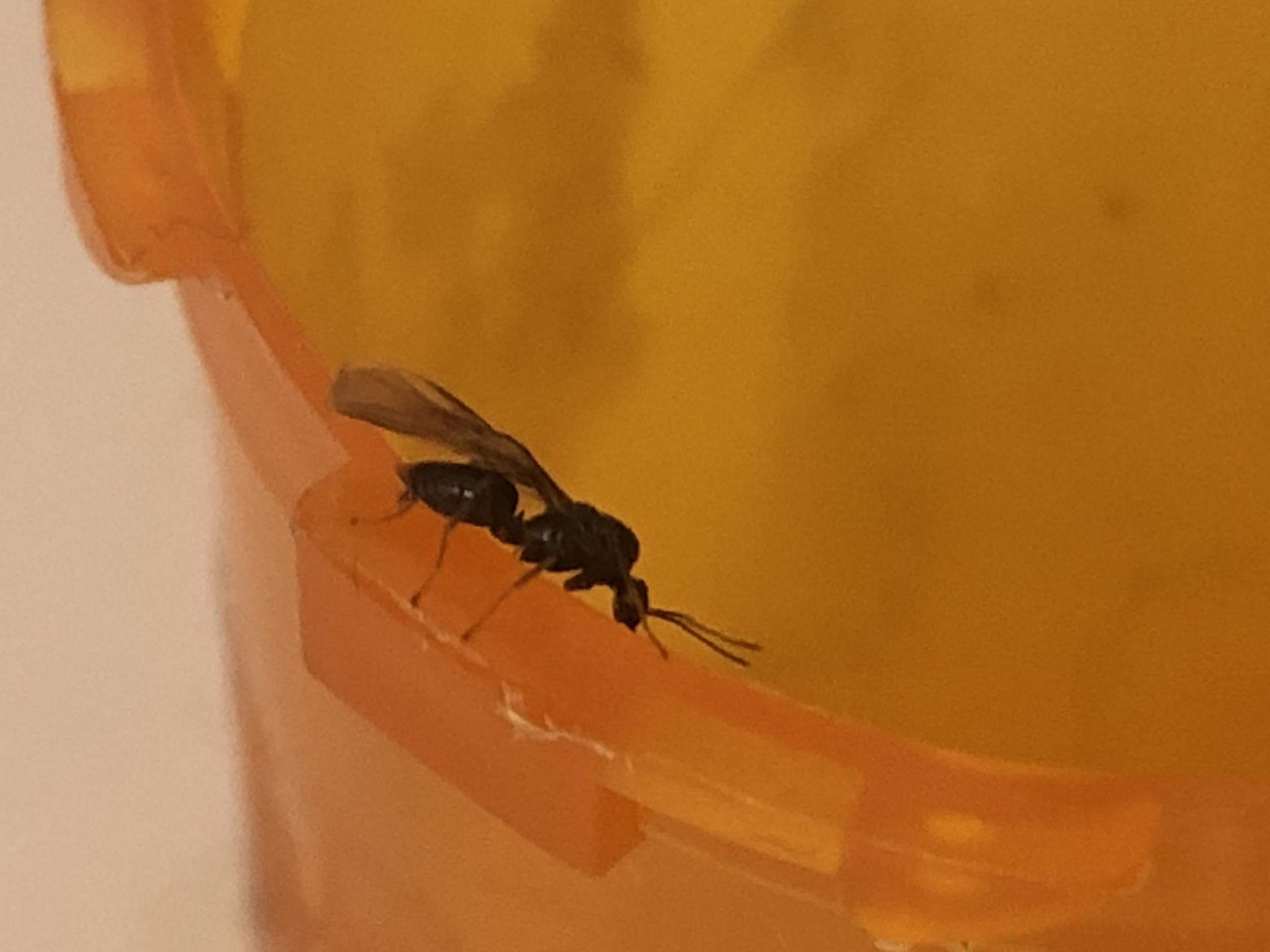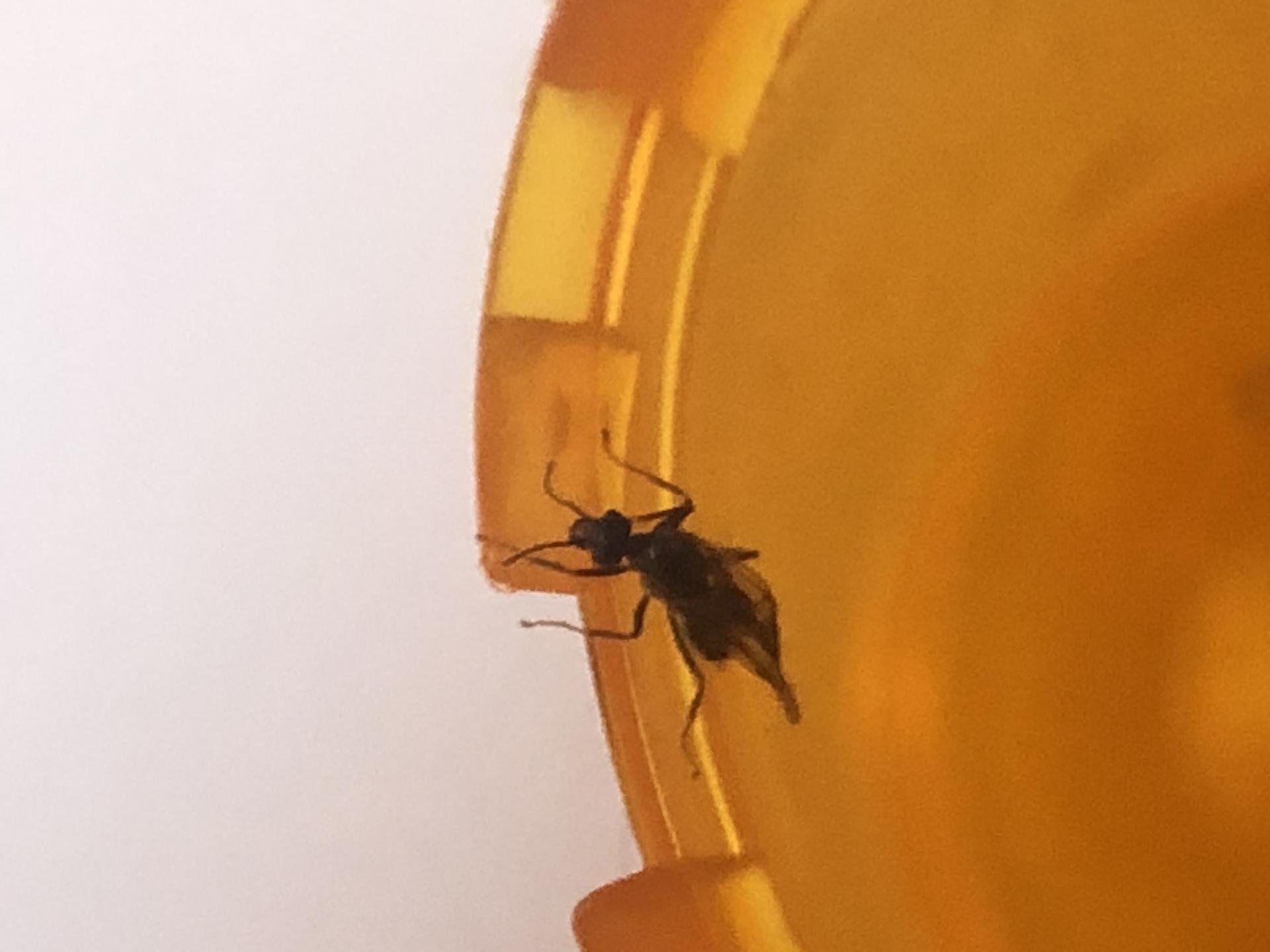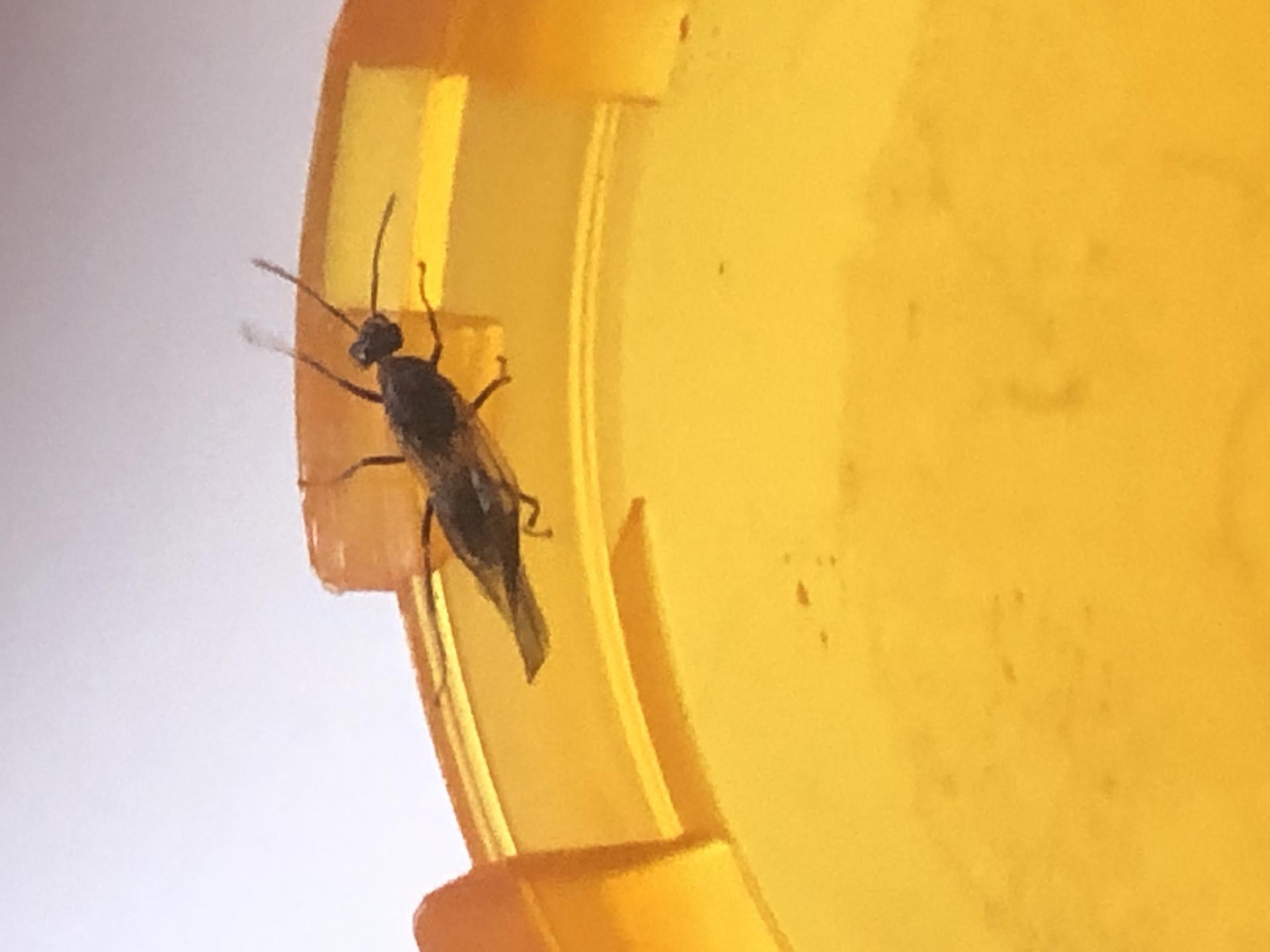I found a ton of alates that had landed on a lake in Waverley, Nova Scotia.
1. Location of collection: Waverley, Nova Scotia. Found many alates that had landed on the surface of a lake near a wooded area.
2. Date of collection: August 24, 2020
3. Habitat of collection: wooded area
4. Length: 5 mm
5. Coloration, hue, pattern and texture: looks dark brown to me, possibly black
6. Distinguishing characteristics: unsure
7. Anything else distinctive: n/a
8. Nest description: n/a
9. Nuptial flight time and date: I found them in the early afternoon, not sure of the flight time.
10 . Post the clearest pictures possible of the top, side, and face of the ant in question, and if possible, their nest and the habitat they were collected in.





















